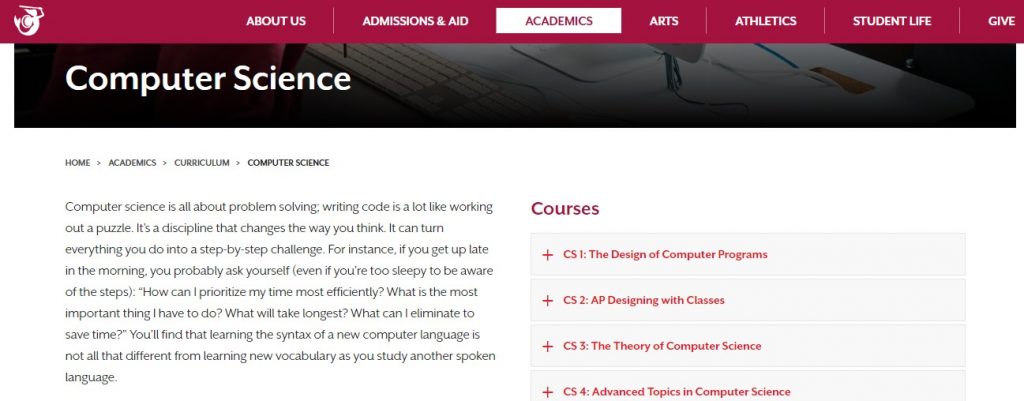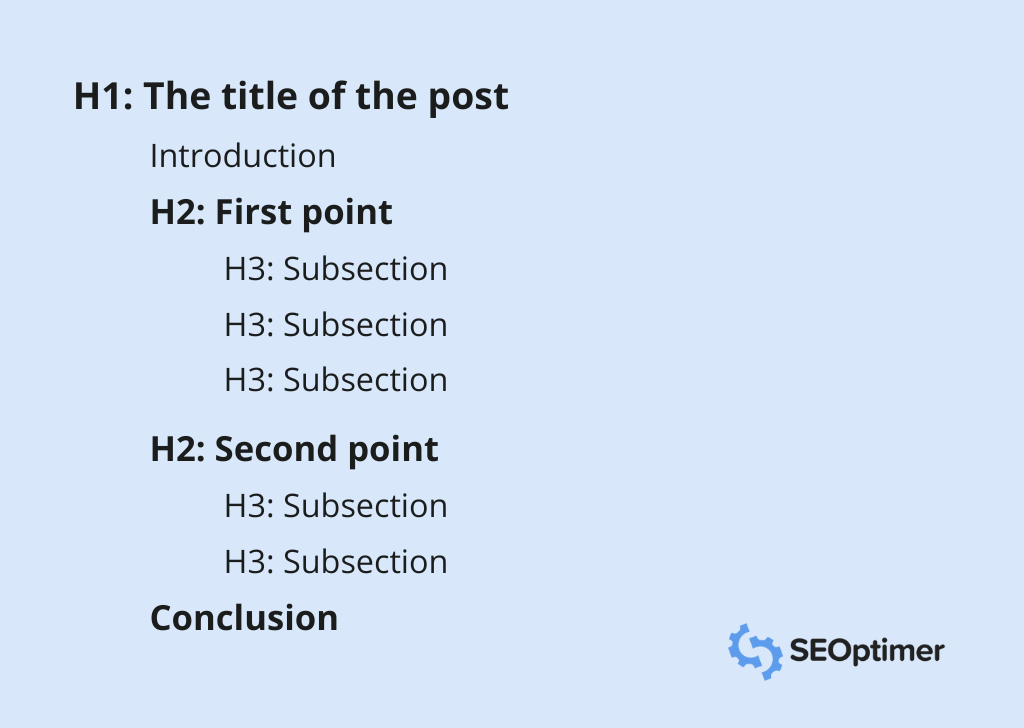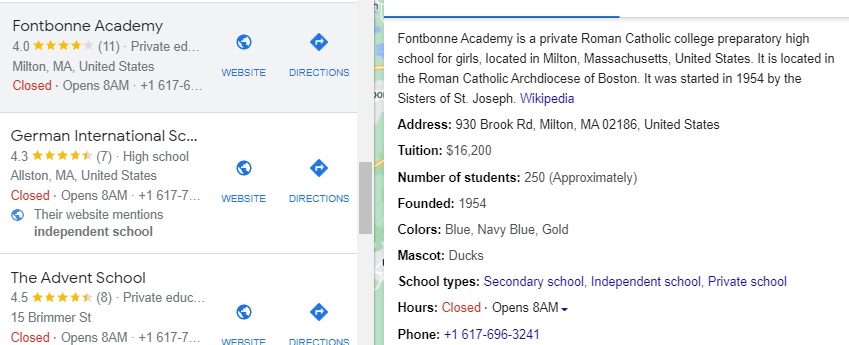
A school’s website is one of its most important marketing tools. However, having a website is of very little use if no one can find it.
When prospective parents are using Google or any other search engine to find a school, you must rank high enough to get their attention and get them to visit your website.
This is where SEO for schools comes into play. In this article, you will learn 8 powerful tips that you can use today to improve your school’s SEO rankings.
Why is SEO Important for Schools and Educational Institutions?
SEO is important for schools in order to obtain higher rankings for relevant search queries. As a result of higher search engine rankings, your website will get more traffic, potentially leading to more enrolments in your school.
In addition to higher rankings, performing proper SEO will result in optimizing a website for the end user, resulting in a positive overall user experience.
How to do SEO for Schools
Performing SEO is an ongoing process and as a result, search engine performance and rankings should be regularly reviewed. This can be done by conducting regular website audits.
Here are some tips on how to do SEO for schools.
Start with Keyword Research
The first step of any SEO campaign is to start with doing proper keyword research. Keyword research will pave the way for all your future search engine optimization efforts, including content creation, GMB listing optimization, etc.
So, how do you go about doing keyword research for schools?
Firstly, you’ve got to think of the end user, the parent or student, who will be searching for schools and institutions near them.
What keywords are they likely to enter into Google, Bing, Yahoo, etc. to find what they’re looking for?
To accurately answer this question, you can use a keyword research tool to find commonly used search phrases

For this article, we’ll illustrate this with an example of how a private school in Boston can do keyword research.
The first step in the process is to note down broad keywords that you think prospective students and parents might use.
For our example it can be any of the following:
- Private school in Boston
- Boston private school
- Best private school in Boston
- Private high school in Boston
Remember, the idea is to not be too specific with this step because we’ll be going into more specifics at a later stage.
The next phase of the keyword research process is to find the target keyword that you want to rank for. This target keyword will be based on the list of broad keywords you identified previously.
Take the list of broad keywords that you noted down and plug them into your favorite keyword research tool.
The tool will generate a list of keyword variants that you can use as your main keyword for the remainder of the SEO process.
Ideally, you want to pick a keyword that has got a high search volume and low ranking difficulty.
SEO for Schools Keywords
Here’s a list of keywords that you can use as a starting point when doing SEO for schools:
- Best private school + [city]
- Private school in [city]
- Private school + [city]
- High school + [city]
- Best high school + [city]
- High school for boys
- High school for girls
- Best high school for sport
- Best high school for academics
- Best elementary school in [city]
- Best preschool in [city]
- Best school for boys
- Best school for girls
Build Pages Targeting Relevant Keywords
Another SEO tip that schools can implement is to build pages targeting different keywords.
So instead of only focusing on the website homepage, school marketers should also create additional pages that can rank for other relevant keywords.
This includes webpages talking about the different subjects that students can take at a school or the extra-mural activities that students can partake in.
Here’s an example of how this can be done. The Commonwealth School in Boston has created separate landing pages for each of the different subjects in its academic curriculum.

Optimize Webpage URLs
Having a clean, and SEO-optimized webpage URL is beneficial for two main reasons.
The first is, a website’s URL tells users and search engines what a page is about.
For instance, we can accurately predict that a webpage with a URL of “best-coffee-machines” is all about comparing different coffee machines and giving an overall verdict on the best option.
Secondly, URLs can also improve a website’s user experience and increase its legitimacy. For instance, if you compare the following two URLs with one another:
- www.myschool.com/academics/mathematics
- www.myschool.com/academics1/mathematics&4wq
Which of these two web pages will you trust more? Which one do you think will Google prefer to rank in order to give users a better user experience?
School marketers need to ensure that all the URLs of their school’s website are clean and easy to understand.
Here are a few tips on how to create an SEO-friendly URL:
- Use hyphens (-) to separate words instead of underscores (_).
- Use your target keyword in the URL.
- Avoid using strange symbols and characters.
- Use lowercase letters
Properly Utilize Headings
HTML headers can be used to segment and make your on-page content easier to read and understand.
Headers are like the chapters of a book, they improve the flow of the story, give the reader an idea of what to expect in the coming text, and improve a page’s overall readability score.
Here’s an illustration of how you can make use of and distribute the different heading tags on your page.

As shown above, in order to improve your school’s SEO rankings be sure to use the range of heading tags available, from the H1 tag to the H6 tag.
Add Keywords in All the Right Places
Not only is it a best practice to use a range of heading tags, but you should also try to add the target keyword to the heading tags that you use.
But take note, this should only be done if it makes sense and if it reads naturally. Don’t just add target keywords to headings just for the sake of it.
Other places to add the target keyword include the page title and meta description.
Bonus tip: When adding your target keyword to the page title and meta description, try to place it as close to the beginning as possible.
One of the oldest SEO tricks in the book is to place your target keyword within the first 100 words of your content. This is because search engines place more weight on keywords that appear first on a page.
Add Relevant Alt Tags to Images
The next SEO for schools tip is to always add alt tags text to the on-page images. An image alt text (alternative text) tag is a meta tag that describes the images on a webpage.
Since search engines can’t visually interpret what an image is about or understand its context, SEOs have to use image alt tags to tell search engines what an image is about.
Screen readers also use image alt tags to describe images to visually impaired users.
Lastly, without image alt tags, your images don’t have a high chance of ranking in Google’s image search results.

Now that you know the importance of image alt tags, here are a few tips for writing alt text for images:
- Keep image alt text short, nothing more than 125 characters in length.
- Add your target keyword to image alt tags if it makes sense. Also avoid keyword stuffing your image alt tags with the target keyword.
- Try to be as descriptive as possible. Describe what is happening in the image using a combination of nouns, adjectives, and adverbs.
- Avoid using phrases such as “image of” and “graphic of”.
Link to Relevant Internal Pages
Internal linking, also known as deep linking, is the process of linking from one page of your website to another page on your website.
Adding internal links is useful for two main reasons:
- It helps Google and other search engine crawlers understand your website’s structure and discover new pages. This can increase traffic to newly published pages and help them rank in search engines.
- Internal linking can redirect users to other useful pages on your website. For instance, we added a link to our article on “deep linking” above. A reader can expect to find more information on deep linking by clicking on the link to the article.
Optimize for Local Searches with Local SEO
The last SEO tip for schools is probably one of the most important ones on this list. One of the things that school marketers need to prioritize is local SEO.
Since schools and educational institutions fall under “local businesses” the majority of their search traffic will come from parents or students looking for schools in a particular area.
For this reason, schools need to optimize for local searches. This can be done by creating a GMB profile and optimizing the listing to rank for specific search queries.
Google My Business (GMB) optimization entails the following:
- Selecting the right Google Business category.
- Making sure that the Name, Address, and Phone (NAP) details are consistent with your other web properties like the school’s website and other online listings.
- Adding your target keyword to the business description.
- Completing all the relevant fields such as Number of students, Mascot, Hours, Grades, etc.
- Adding images and videos to your GMB listing.
- Generating reviews from current and former parents.

Conclusion
This concludes our article on how to do SEO for schools. Armed with the insights in this article, you’ll be able to improve any school’s SEO rankings, which will result in increased online awareness and traffic to your website.










